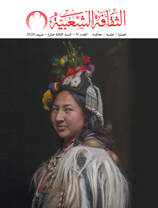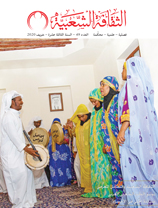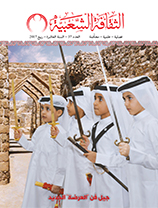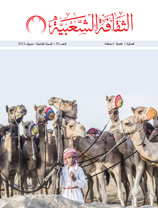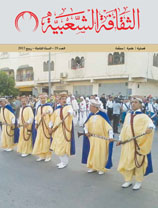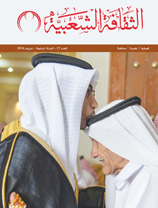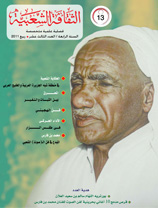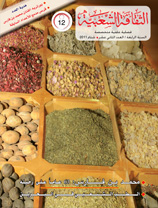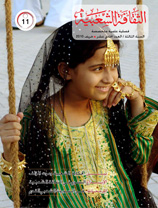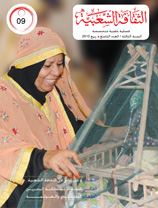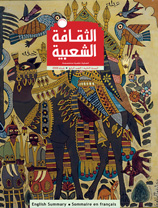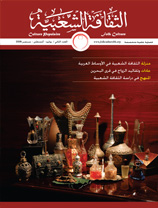Gunpowder and Rifles in Fantasy Celebrations in Algeria
Issue 64

Dr. Mabruk Butaquqa
Algeria
In folk culture, the rifle represents chivalry and manhood, merging with ancient traditions that venerated valour, honour, and heroism. Rifles were associated with power and influence, and their owners were seen as strong and influential. They served both as a deterrent against potential attackers and as a means of leading the tribe to victory in times of conflict.
The courage of freedom fighters wielding weapons to defy oppressors and oppose invaders became synonymous with the battle against colonialism. When war was not being fought, gunpowder cannons were displayed at social gatherings and folk festivals to pique the interest of those cheering on the participants.
Fantasy festivities are not complete unless gunpowder is used, and shows that include it are referred to as “gunpowder games”. With the existence of horses and an array of weapons, spectacular celebratory images of the knights' fight on the battlefield are the centre of these celebrations, and the beauty of the imagination is compromised by the lack of explosives.
Different regions and dialects refer to the rifle with a wide variety of names, including “Al-Moukahla”, “At-Tubjiyah”, “Al-Karbinah”, “Al-Fushi”, “At-Tabanjah”, “Al-Qirdiah”, “Al-Mukfakh”, “Al-Maqrun” and “Al-Santara”.
In my study, I explained these names, gave their linguistic roots, and traced their historical evolution.
In fantasy shows, it was customary in Algeria to refer to imported hunting rifles as “al-moukahla”, and they were loaded with gunpowder specific to fantasy shows and weddings, which is known in the local dialect as “baroud arasi” (wedding gunpowder). The term “tubjiyah” (plural, tawabij) is used for locally manufactured rifles made from wood and iron pipe and loaded directly with gunpowder. Skilled craftsmen produce these rifles, and they are an integral part of the folk heritage.
















